Infographic: The Age of U.S. Drinking Water Pipes — From Civil War Era to Today
Water main ages reflect the nation’s growth
By Brett Walton
Circle of Blue
The American Water Works Association calls it the Replacement Era. An estimated 1.9 million kilometers (1.2 million miles) of distribution pipes supply Americans with drinking water. Many of them are nearing or have past retirement age. A big investment — perhaps as much as $US 1 trillion over the next two decades — must be made to replace them.
Age, however, is only part of the story. The deterioration of any particular pipe depends on a bundle of pressures: What material are the pipes made of? Cast iron, ductile iron, polyvinyl chloride, or, occasionally, wood? Each has a different lifespan. What are the chemical properties of the soil and water? Some are more corrosive. What is the climate? Cycles of freezing and thawing or drought can weaken pipes.
The need to replace these pipes, most of which have a useful lifespan of more than 75 or 100 years, will continue to grow. The U.S. Environmental Protection Agency forecasts that the rate of replacement will rise until 2035, as national investment in water mains peaked in the boom years after World War II.
The graphic below shows the percent of current water mains installed by decade. The patterns reflect America’s growth. Older pipes weave beneath the colonial cities on the East Coast. Philadelphia, for one, still uses water mains installed before the Civil War.
Cities that grew fast in the latter half of last century have newer systems. More than half of San Antonio’s water mains were laid in the ground between 1980 and 2010 — which seems appropriate given that its population grew by 70 percent in that period.
Brett writes about agriculture, energy, infrastructure, and the politics and economics of water in the United States. He also writes the Federal Water Tap, Circle of Blue’s weekly digest of U.S. government water news. He is the winner of two Society of Environmental Journalists reporting awards, one of the top honors in American environmental journalism: first place for explanatory reporting for a series on septic system pollution in the United States(2016) and third place for beat reporting in a small market (2014). He received the Sierra Club’s Distinguished Service Award in 2018. Brett lives in Seattle, where he hikes the mountains and bakes pies. Contact Brett Walton



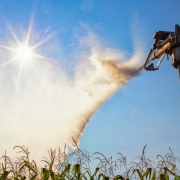
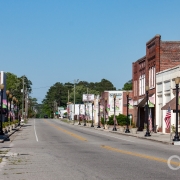
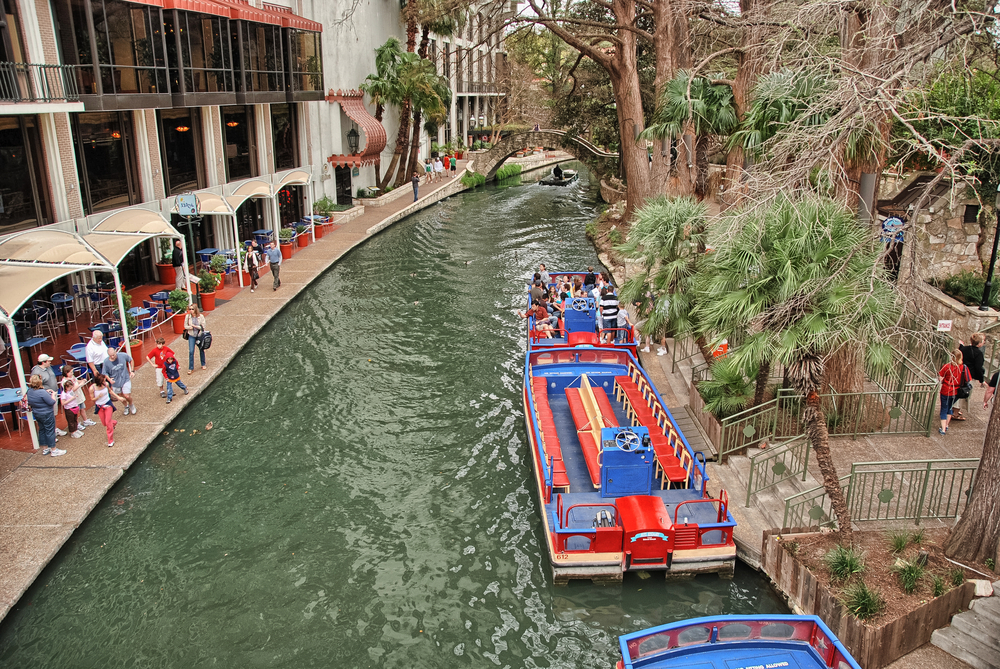
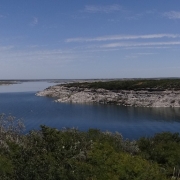
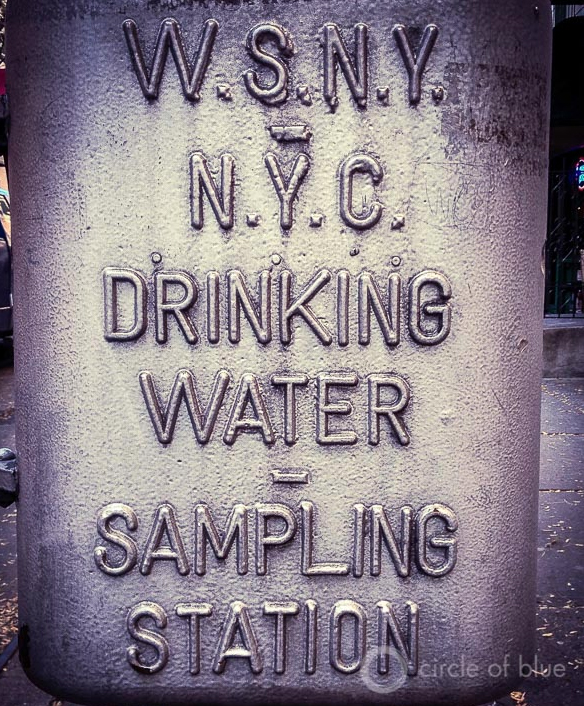


I just checked out the infographic about the age of U.S. drinking water pipes, and it’s truly fascinating! It’s incredible to see the historical progression of the country’s water infrastructure, from the Civil War era to the present day. The visual representation really drives home the importance of upgrading and modernizing aging water systems to ensure safe and reliable drinking water for everyone. It’s a reminder of the ongoing challenges faced by water utilities and the need for continued investment in infrastructure. Thanks for sharing this thought-provoking infographic and shedding light on this critical issue. Keep up the great work!